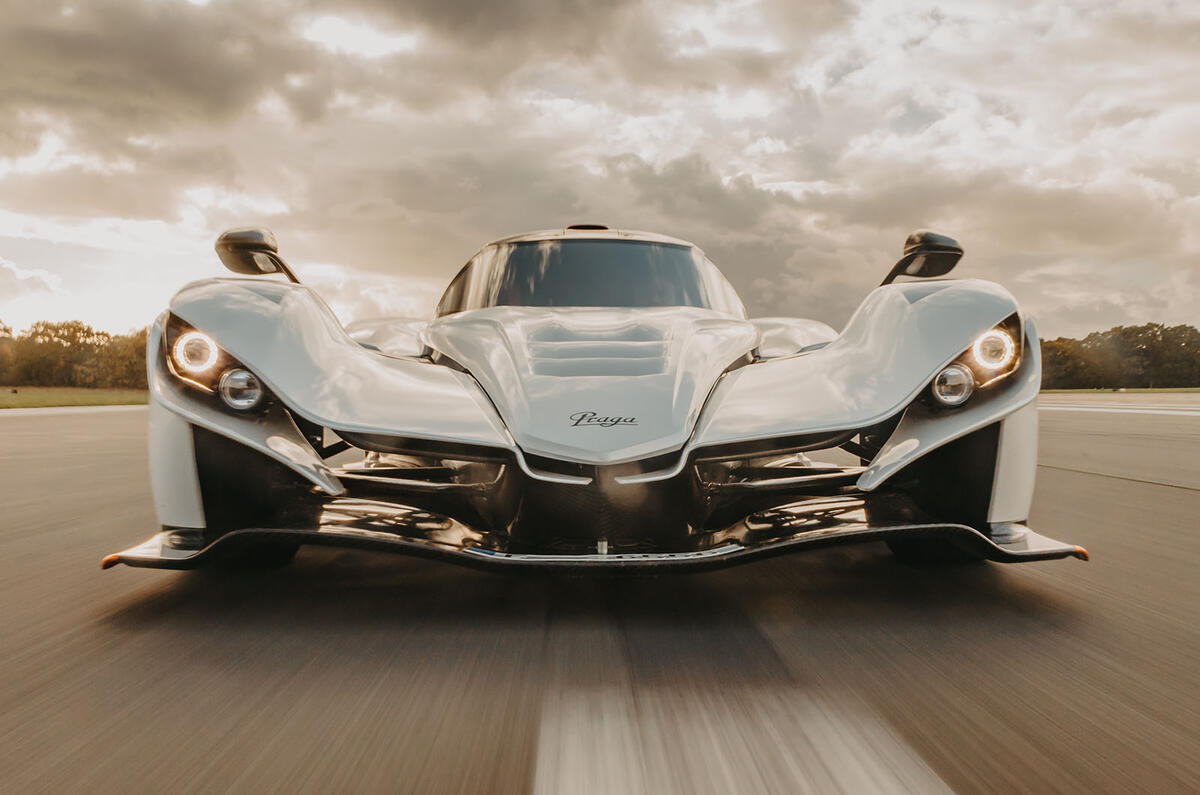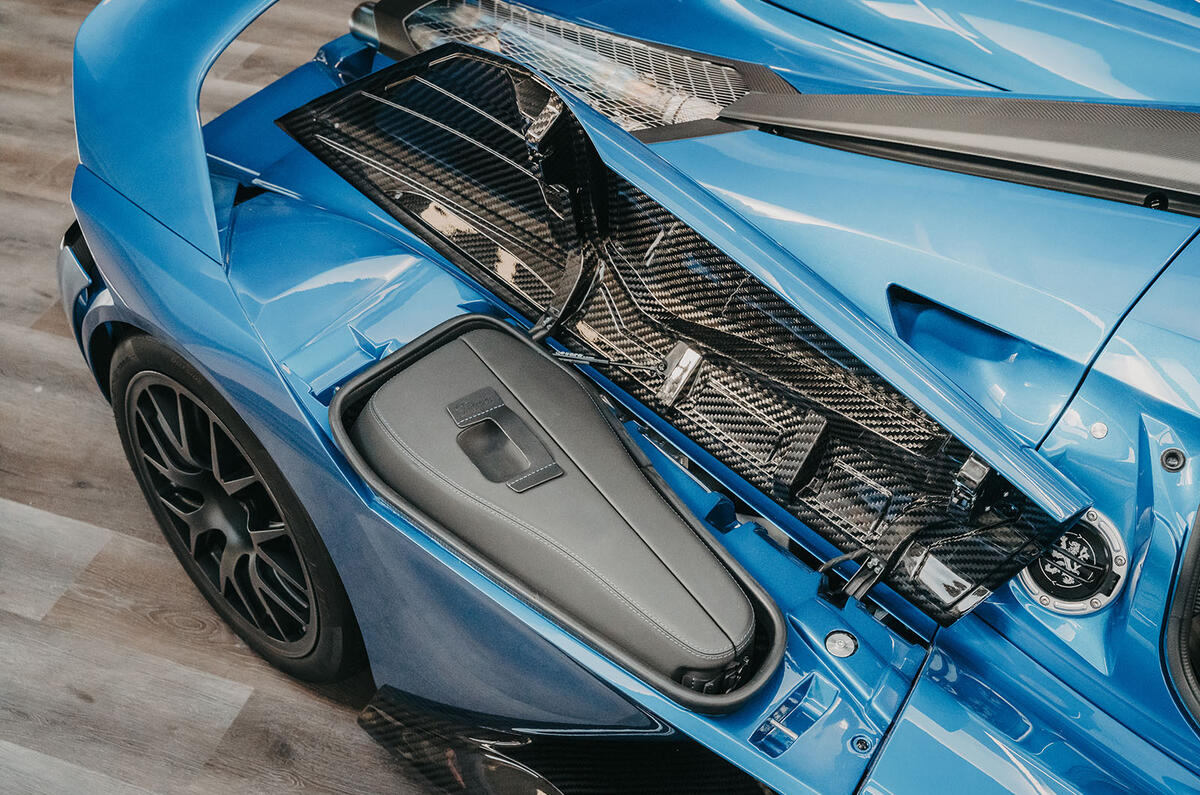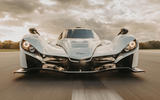An extraordinary, trackday-optimised hypercar from Czech maker Praga is currently in the final stages of development and will launch next year.
The mid-engined, carbon-tubbed and carbon-bodied Bohema will mark the 115-year-old, multi-disciplinary firm’s first proper foray into road cars since 1947 and is heavily influenced by the flyweight Praga R1 racer that, having recently proved too competitive for even the full-blown GT3 cars of Britcar Endurance Championship, now enjoys its own one-make series.
Prices will start at £1.32 million in the UK, which is where Praga Cars is likely to base its commercial activities.
Beyond their insectoid and highly sculptural aesthetics, the Bohema and the R1 will share almost nothing, the road-legal model being new from the ground up. This was essential in order to give the the car enough breadth of ability to be used properly on the road, and in terms of footprint the larger Bohema is similar to the current crop of supercars, being roughly the same width and length as a Ferrari 296 GTB. It means that while the cockpit is tight and utilitarian in its architecture, it can carry driver and passenger in reasonable comfort, though this has partly been achieved by staggering the seats.

The car's cabin is also upholstered with relative lavishness and there is even 100 litres of luggage space in the car’s flanks, package in similar fashion to what Pagani does with the Huyra.
Having spent two years establishing the car’s track capabilities, which included use of an F1 team's wind tunnel to hone the car’s aero properties, Praga’s engineers are now in the final stages of ensuring the Bohema’s road manners are up to scratch.
An acceptably absorbent ride and adequate insulation from road roar and engine din are important factors that Praga never had to consider with the R1, and are reasons why the rear-drive powertrain is affixed to the central structure via a chromoly subframe rather than being bolted on directly.












































Join the debate
Add your comment
As it's a Track/Road Car, what is the safety criteria for a Car such as this?, for instance, if you crash it or someone crashes into you, how easy is it to get out?
Are there any real questions?
That issues applies to all cars, if all the doors are bent out of shape you may need to smash a window. I'm sure i read that the Lamborghini Countach's windscreen was designed to be kicked out in the event that the car was upside down or similar, but i doubt that was mentioned in the sales brochure. I'm surprised they went with Chromoly for the driveline subframe, for all that it's strong and light, it doesn't like welding temperatures, and does like to crack or fatigue fracture.